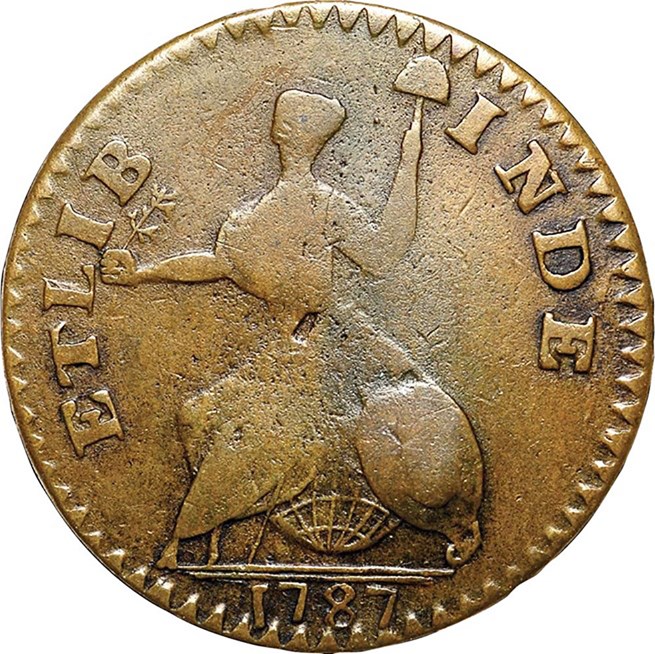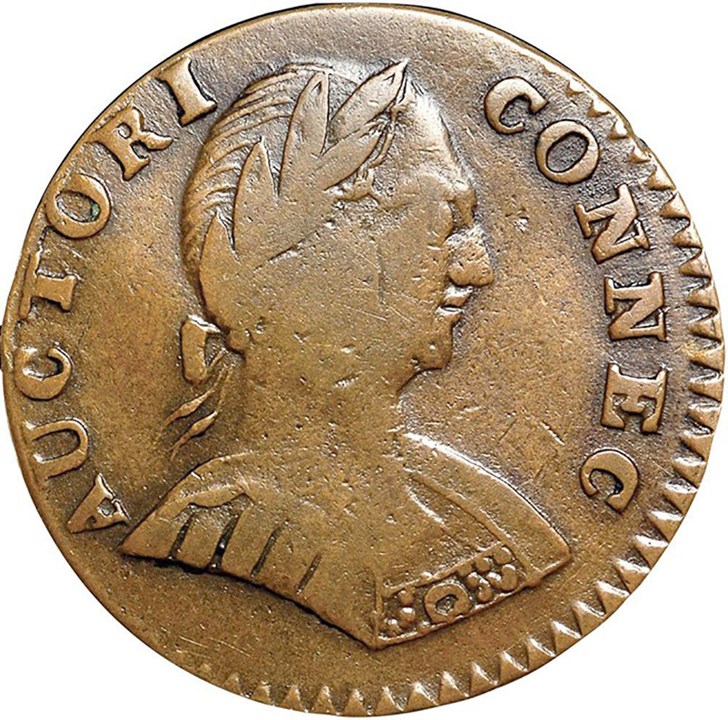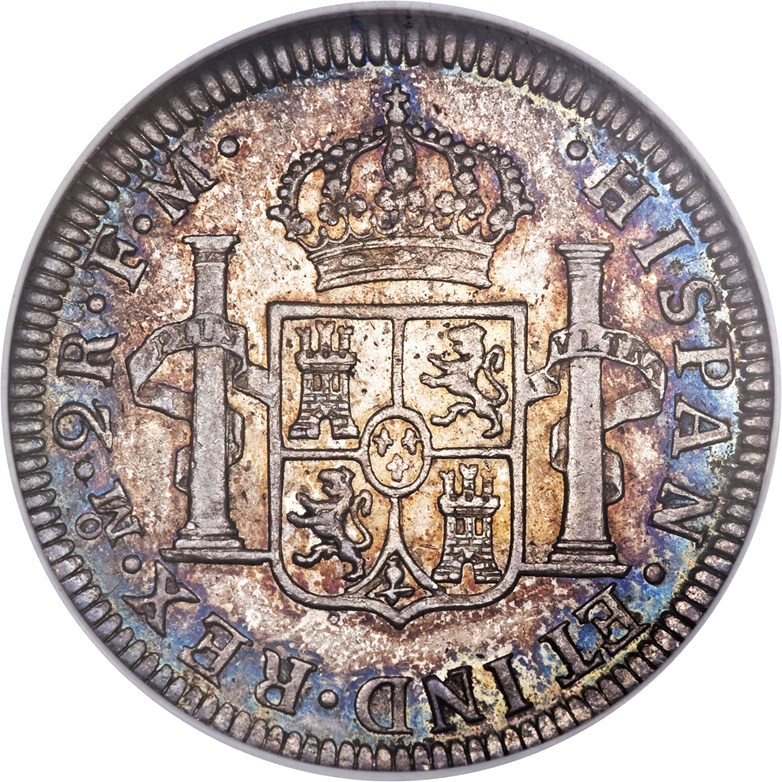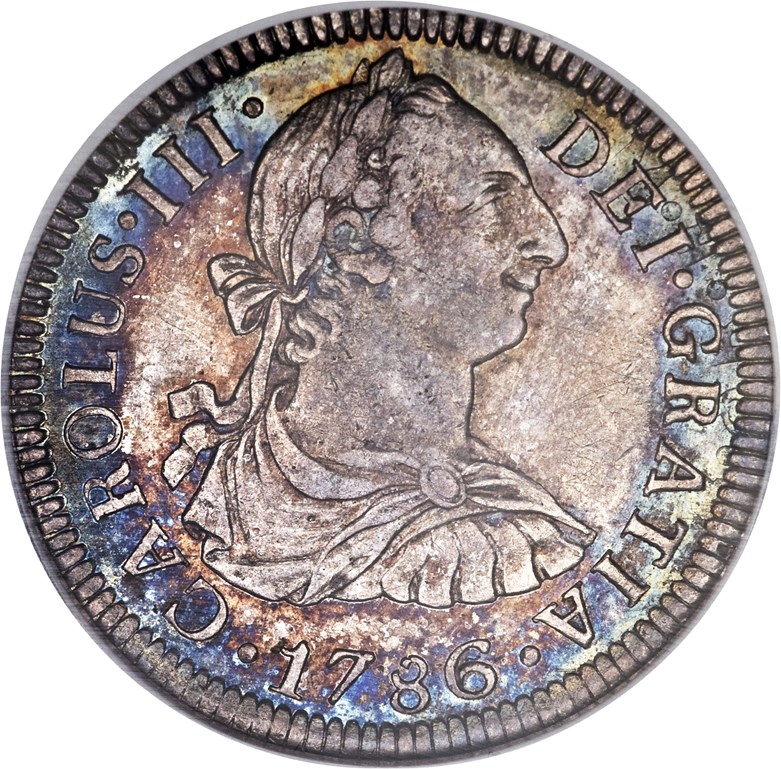USA Coin Album: It’s the Law! Lesser-known Passages Relating to United States Coinage — Part One
Posted on 10/10/2017
The United States Mint was established more than 200 years ago, and the nation's coinage requirements have evolved greatly over that time. In response, Congress has passed many new laws and amendments to these laws, some of which seem peculiar when read today. This month I'm going to make a journey through time to identify and explain the more interesting back pages of our coinage legislation.
The US Mint was defined by the Act of April 2, 1792. All of our coin denominations and their standards were laid out in this sweeping bill, as well as the roster of the Mint's officers, their responsibilities and their salaries. Though the Treasury is mentioned repeatedly in the wording of this law, President George Washington oddly opted to assign oversight of the mint to Secretary of State Thomas Jefferson. Director of the Mint David Rittenhouse thus reported to Jefferson, rather than to the more logical choice, Treasury Secretary Alexander Hamilton. Within a few years, however, the practical need to involve the Treasury Department won out, and the swap was made. This doesn't appear to have been put in writing at the time, but the Act of April 10, 1806 clearly states that the Treasury secretary shall require the mint to perform assays of circulating foreign coins annually, a tacit acceptance of the Treasury Department's oversight role.
Each of the mint's officers and clerks were required to take an oath of performance before a federal judge. In addition, the annual assay of United States coins had to be witnessed by the chief justice, the secretary and comptroller of the treasury, the secretary of state and the attorney general. It's very unlikely that such oaths are mandated today, and the persons named to attend the annual assay clearly have more important duties that preclude them from being present in modern times.
The 1792 law also required that deposits of bullion be coined in the order received and thus could not be combined for the sake of efficiency. This is one of several reasons why it took so long for depositors to get their coins or bars, and the result was numerous complaints that found their ways to Congress. With the Act of January 18, 1837, it established a bullion fund of no more than one million dollars for the mint so it could have coins on hand in advance of deposits. This permitted the depositor to be paid just as soon as an assay was performed, usually by the next day.


To rid the nation of state-issued coppers, British halfpence and other would-be coins, a supplemental law passed May 8, 1792 prohibited the circulation of and payment with non-federal copper coins and tokens. This was to go into effect six months after the treasurer had received from the mint at least $50,000 worth of cents and/or half cents. Persons trying to pass non-federal coppers after that time would forfeit the coins and be fined ten dollars. The law further stipulated that the amount of forfeiture and fine could be used as a de facto reward to whomever ratted them out (I'm paraphrasing, of course). In spite of this law, worn state and foreign coppers circulated alongside tokens for many years to come, particularly in rural areas that were far from the distribution points of federal cents and half cents.


Foreign gold and silver coins likewise came under attack with a law enacted February 9, 1793. Within three years of the commencement of gold and silver coinage by the US Mint, only Spanish milled dollars and their fractions would be permitted to compete with federal coinage. All other foreign coins would cease to have any legal tender status and were to be recoined into federal issues or bars at the mint. Because the Spanish eight reales coin and its divisions were so dominant in circulation and had proved to be of consistent quality, they were given a pass. The Act of February 1, 1798 acknowledged that foreign coins were essential in commerce by extending their legal tender lifespan another three years. As it was, the US Mint took decades to live up to its promise of widespread federal coinage, and the foreign pieces remained in circulation for another 60 years. Congress simply punted their termination again and again, not committing to a complete withdrawal until 1857!
The Mint Act of 1792 mandated that the US Mint be located at the seat of government, which had relocated to Washington, DC during the presidency of John Adams. At that time the mint was under assault by Congress for being expensive and producing too few coins. There was even talk of contracting out the federal coinage, and it seemed pointless to move the mint to the new capital. The law of March 3, 1801 permitted it to remain in Philadelphia for another three years. This was renewed for five years in 1803 and again in 1808, 1812, 1818 and 1823! Finally, the Act of May 19, 1828 simply called for the mint to remain there until "otherwise provided by law." In the mid 19th Century there was great political pressure exerted by New York's congressional delegation to move it to New York City, but Philadelphia ultimately won out, albeit with the mint's administrative headquarters located in Washington, DC after 1873.
David W. Lange's column, “USA Coin Album,” appears monthly in The Numismatist, the official publication of the American Numismatic Association.
Stay Informed
Want news like this delivered to your inbox once a month? Subscribe to the free NGC eNewsletter today!
